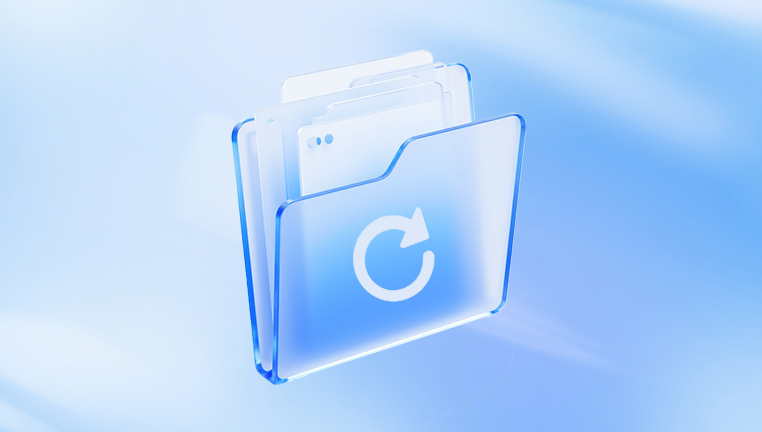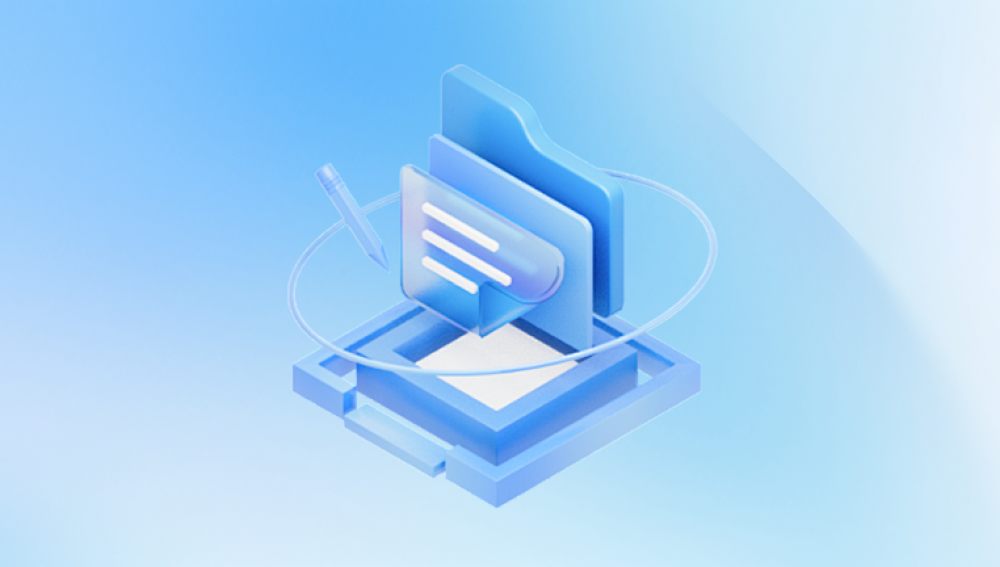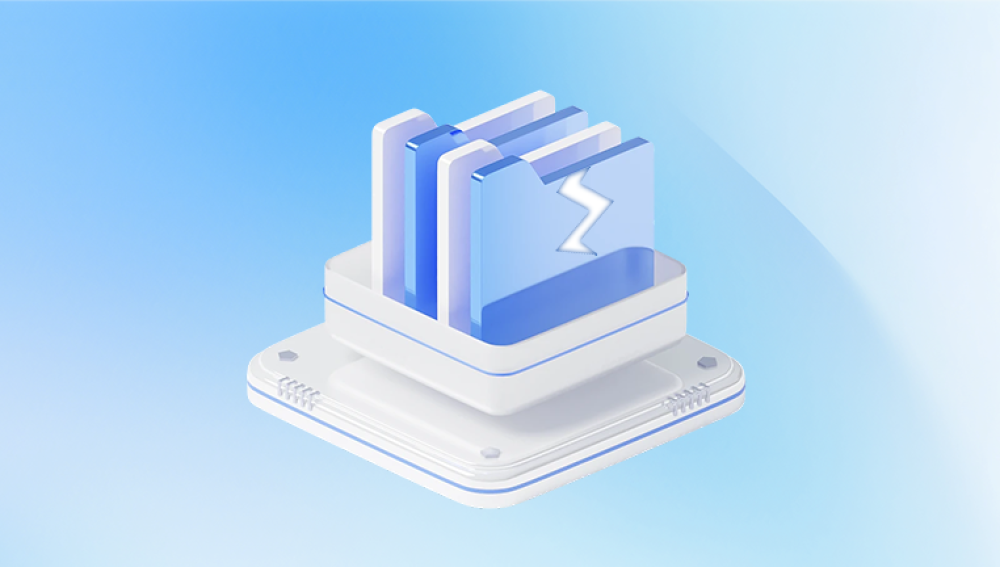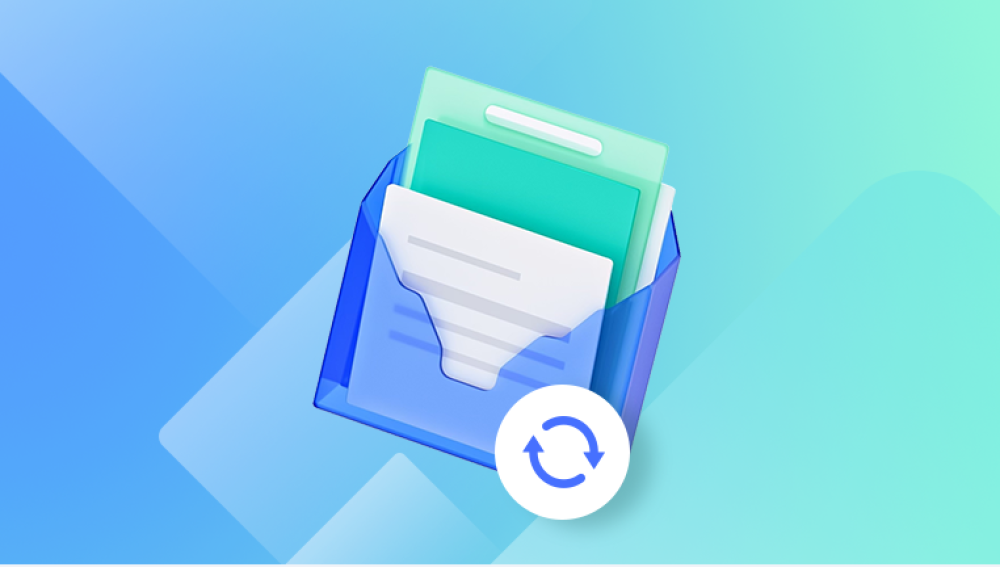They are memories, moments, documentation, and creative expression. Whether taken on a professional DSLR, a smartphone, or downloaded from the web, image files can become corrupt or damaged due to various reasons file transfer interruptions, hardware failures, software bugs, or virus attacks. When this happens, users often feel a sense of loss or frustration. Fortunately, repairing damaged picture files is not only possible but increasingly accessible, thanks to specialized tools and a clear understanding of how image data works.
When you discover that a picture file is no longer working properly, don’t rush to delete it or overwrite it. Follow these initial steps:
Stop Using the Storage Device: If the picture was stored on a memory card or external hard drive, stop using the device immediately to prevent further damage or overwriting the corrupted file.
Make a Backup Copy: Always make a backup of the damaged file before attempting any repair. This ensures you can return to the original file if something goes wrong during the repair process.

Check on Another System: Sometimes, the problem is with the software or system you're using. Try opening the file on a different computer or with a different image viewer to verify the file is actually corrupted.
Try Opening with a Different Application: Applications like IrfanView, GIMP, Paint.NET, or even web-based tools might be able to bypass minor corruption and display the image.
If none of these methods work, it’s time to dive into recovery and repair techniques.
Repairing Picture Files with Software
There are many image repair tools available, each tailored for different file formats and types of corruption. Here's a breakdown of some commonly used tools and methods:
1. Panda Repair
Panda Repair is a reliable and user-friendly solution designed to fix damaged or corrupted picture files with ease. Whether your image files have been affected by accidental deletion, improper file transfers, power outages, malware attacks, or memory card errors, Panda Repair can help restore your precious memories and important visuals in just a few clicks.
One of Panda Repair’s key strengths lies in its compatibility with a wide range of image formats, including JPEG, PNG, BMP, GIF, TIFF, and RAW files from popular camera brands. This means whether you're a professional photographer dealing with distorted RAW files or a casual user unable to open family photos, Panda Repair offers a practical path to recovery.
Using advanced repair algorithms, Panda Repair works by analyzing the structure of the damaged image and rebuilding missing or broken components such as headers, data blocks, and metadata. It even offers batch repair capabilities, allowing users to fix multiple pictures at once without compromising quality.
2. PixRecovery
PixRecovery is another software designed specifically for image recovery. It supports JPEG, TIFF, BMP, PNG, RAW, and PSD formats.
Steps:
Open PixRecovery and select the corrupted file.
Choose the destination for the repaired file.
Start the repair process.
Save the recovered image.
3. JPEGsnoop
JPEGsnoop is not exactly a repair tool but an excellent diagnostic tool. It helps you analyze the structure of a JPEG file and determine the nature and extent of the corruption.
Use Case:
Load the corrupted image in JPEGsnoop.
Analyze the report to identify if the file has damaged headers or truncated data.
If the header is corrupt, replacing it with a healthy one might help (explained later).
4. Photoshop and GIMP Manual Repair
If the damage is minor and the image can still be opened partially, you can use Photoshop or GIMP to crop out corrupted sections, adjust contrast, and patch pixelated areas.
Techniques:
Use the Healing Brush Tool or Clone Stamp Tool in Photoshop to fix small distortions.
Apply filters or noise reduction for images with color glitches.
Crop or mask areas that are irreparably distorted.
Repairing a Corrupted JPEG Header Manually
Sometimes, the actual image data is fine, but the header is broken. One way to fix this is by copying a header from a working image taken with the same camera under similar settings.
Steps:
Use a hex editor like HxD or WinHex.
Open a working JPEG and a damaged one.
Copy the first 300–600 bytes (the header) from the working file.
Paste it into the corrupted file, replacing its existing header.
Save the new file and try to open it with an image viewer.
This method requires caution. A mistake in byte-level editing can make the file unusable, so always work with backup copies.
Repairing RAW Image Files
Professional cameras often produce RAW files (e.g., .CR2. .NEF, .ARW). These files are larger and contain more data than JPEGs, making them harder to repair but also more resilient.
Tools for RAW Repair:
Stellar Repair for Photo (Pro version): Supports various RAW formats.
RS File Repair: Free tool that supports a wide array of image formats.
PhotoRec (part of TestDisk): Open-source software that works well for deep recovery, although it’s more focused on recovering deleted files than repairing corrupted ones.
Advanced Repair Tip:
If a RAW file is partially viewable, you can try converting it using Adobe DNG Converter or use Lightroom to extract usable data.
Using Online Image Repair Tools
For quick fixes or if you don’t want to install software, some online services offer image repair capabilities. These work well for minor corruption issues.
Examples:
OnlineFile.Repair
OfficeRecovery Online
Repairit by Wondershare
Upload your damaged photo, let the tool process it, and download the repaired version. Be mindful of privacy and security when uploading personal images to web-based platforms.
Preventing Future Damage to Picture Files
Prevention is always better than repair. To avoid dealing with corrupted image files in the future, consider the following best practices:
Safely Eject Devices: Always use the ‘Eject’ option before removing memory cards or USB drives.
Use Reliable Storage Media: Avoid using cheap or outdated memory cards and USB drives, as they are more prone to corruption.
Avoid Interruptions: Don’t turn off your camera or computer while writing or transferring image files.
Use Backup Systems: Regularly back up your images to cloud storage or external drives.
Install Antivirus Software: Malware can corrupt image files. Keep your antivirus updated to protect your system.
Update Your Software and Drivers: Ensure your operating system, camera firmware, and editing software are up to date to reduce bugs that might cause corruption.
What If the Image Cannot Be Repaired?
In some cases, an image might be too damaged to repair fully. But all hope is not lost. You can try to recover portions of the image or reconstruct it manually.
Options:
Thumbnail Extraction: Some images retain their embedded thumbnails even if the main image is corrupt. Tools like ExifTool or JPEG Extractor can recover these.
Partial Recovery: Open the image in an editor and screenshot the visible portions if only parts of the image load.
Re-download or Re-import: If the image came from a camera or online source, try to re-import or download it again.
Tips for Professional Restoration
If the image is critical—such as wedding photos, client shots, or historical archives—it might be worth seeking help from a professional restoration service. These services use advanced techniques, including:
Proprietary image reconstruction algorithms
AI-assisted enhancement
Manual retouching by artists
Look for services with strong privacy policies, a portfolio of success, and positive customer reviews.
Dealing with a corrupted picture file can feel like a gut punch, especially when the file represents irreplaceable memories or critical work. But recovery is often possible with the right tools, patience, and a bit of technical know-how. From simple fixes using image viewers and backup copies to advanced hex editing and RAW file repair, the spectrum of options is wide. With this guide, you’re equipped to take decisive, informed steps to recover your photos and safeguard them in the future. Whether you're a professional photographer or a casual user, understanding how to repair damaged image files turns a moment of panic into a story of recovery and resilience.




